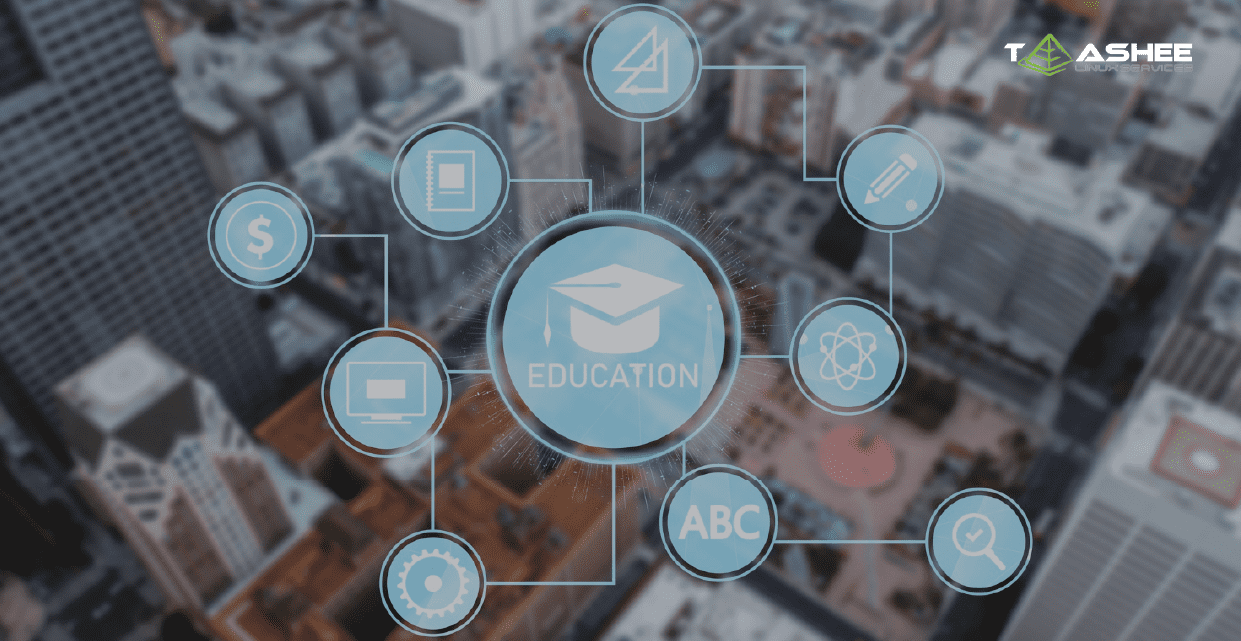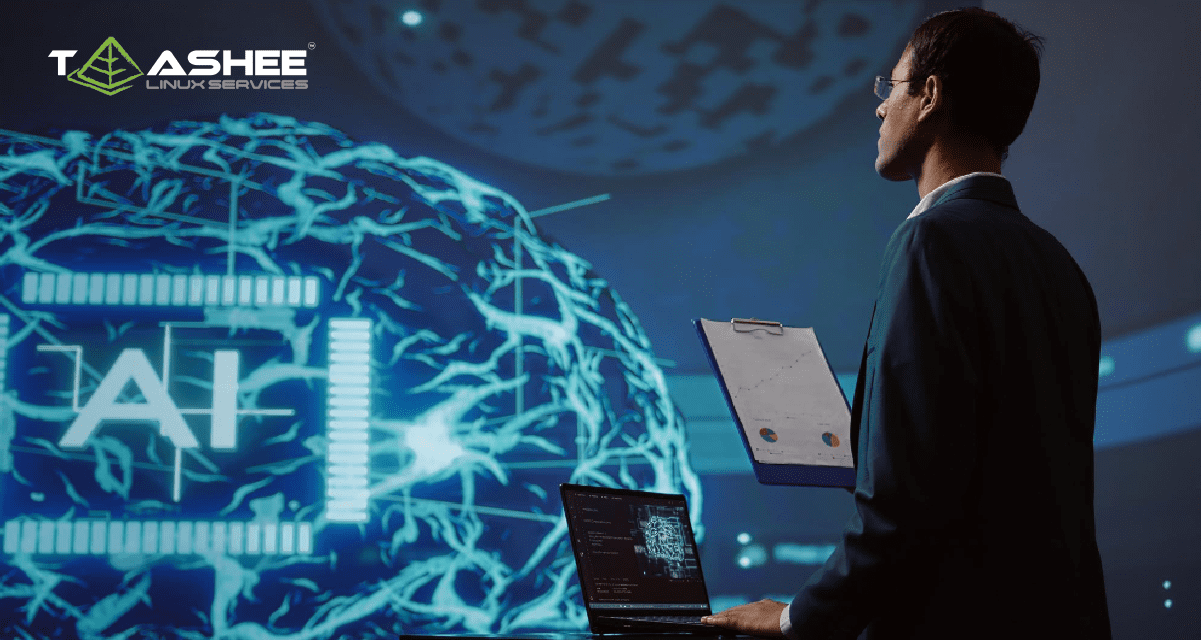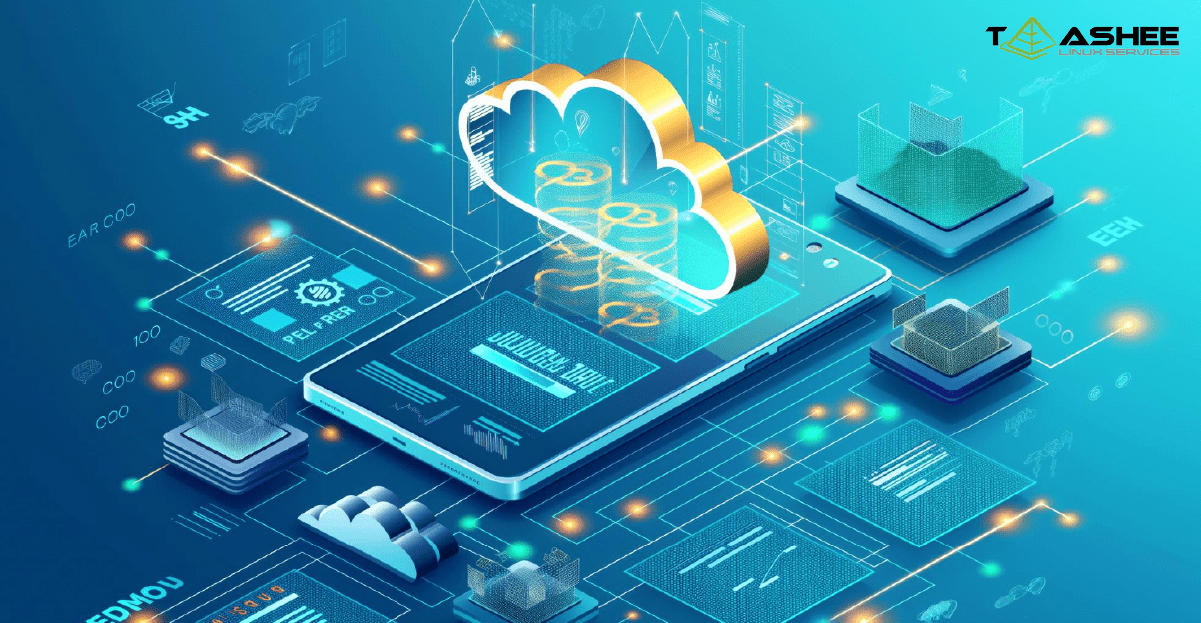If 2025 is the age of “let’s try GenAI,” 2026 will be the year enterprises are judged on how safely and efficiently they run AI in production. Across the industries Taashee serves – BFSI, Government, Education, Healthcare, and Telecom – the winners aren’t those with the flashiest demos, but those who align models with governed data, secure the AI supply chain, and keep a firm handle on cost, compliance, and uptime.
Five AI Shifts That Matter in 2026
1) GenAI meets governed content (goodbye, shadow data)
RAG (Retrieval-Augmented Generation) only works when your content systems are clean and governed. That means versioned documents, retention rules, access controls, and audit trails, then wiring GenAI to the right subset of that content.
- BFSI: KYC packs, loan docs, & policy PDFs summarised with lineage preserved.
- Public sector: citizen requests auto-triaged without exposing restricted records.
- Education: courseware and research assets surfaced to the right cohort, not the world.
Takeaway: Invest as much in content hygiene (ECM, records management, access policies) as you do in model selection.
2) The AI supply chain is now part of cybersecurity
Models, embeddings, prompts, plugins, datasets – each has provenance and risk. In 2026, CISOs will treat AI like code: signed artefacts, SBOMs for models, secrets management, and policy gates in CI/CD.
- Healthcare: PHI stays in controlled boundaries; prompts and outputs are logged.
- Telecom: NOC copilots can’t see customer PII unless policy allows it.
- Government: data residency and sovereign controls aren’t optional.
Takeaway: Extend DevSecOps to ModelOps – scan, sign, and attest AI artefacts through the pipeline.
3) GPU FinOps becomes a board metric
AI success is often throttled by cost, not technology. The operational reality: burst GPUs when needed, shut them down when idle, and watch unit economics per workload.
- Education: semester peaks require elastic labs; off-season costs should collapse to near-zero.
- BFSI: model-risk simulations can spike; schedule them against budgets, not hope.
Takeaway: Treat GPUs like surge capacity – observe, right-size, and automate stop conditions.
4) Compliance moves from “after” to “always-on”
Audit logs, consent, retention, and access reviews can’t be a quarterly scramble. The 2026 pattern is policy-as-code: controls enforced at runtime, continuously evidenced, and exportable on demand.
- BFSI: model decisions require explainability and trails; alerts must map to controls.
- Government: every citizen-facing response leaves a reviewable footprint.
Takeaway: Bake controls into the platform, not the project plan.
5) Talent: platform teams over hero developers
AI at scale is a team sport – platform engineers, data stewards, security, and domain SMEs working from the same playbook. Upskilling has to be hands-on and continuous, with real environments (not slides) and measurable outcomes.
Takeaway: Build an enablement flywheel – repeatable lab environments, curated tooling, and internal badges linked to actual deployments.
How Taashee Helps
- Content & Records Governance: Enterprise content platforms integrated with AI-ready APIs and retention policies.
- DevSecOps → ModelOps Tooling: Pipelines that sign, scan, test, and approve models, prompts, and plugins.
- Cloud & FinOps for AI: Elastic GPU environments with cost guardrails, observability, and automated shutdowns.
- Operations & Compliance: Centralised visibility, policy enforcement, and export-ready audit evidence.
- Enablement: Hands-on lab environments and repeatable playbooks to take teams from “pilot” to “steady state.”
Come 2026, AI won’t just be a feature – it will be the operating model. The organisations that win will be those who industrialise AI with the same discipline they applied to cloud and DevOps: govern the data, secure the pipeline, watch the cost, and design for audit from day one.





